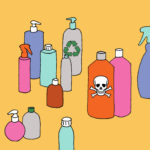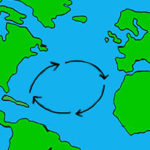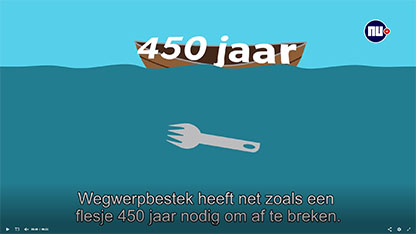Causes of the plastic soup
More and more plastic is being produced, and since plastic lasts for so long, the amount of plastic in the world is constantly growing. Many people in many places also don’t dispose of the plastic properly. As a result, it can be carried by wind or water and end up in the ocean, where it adds to the plastic soup already there.
How much plastic does the world hold?
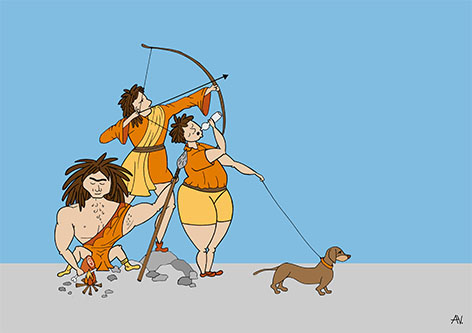
Did you know… Archaeologists and geologists use plastic as a time marker to date rocks or archaeological finds.
It seems like plastic has always been here. We’ve become so accustomed to it, that we wouldn’t be able to live without it anymore. And yet plastic was first mass-produced only in 1950.
”From the stone age, to the iron age, and now we live in the plastic age”.
At the time, the global production of plastic was only 1,500 million kilos per year, but by 2015 it had grown to 400 billion kilos 2 3. Due to that enormous increase in the amount of plastic we use, our current age is sometimes called ‘the plastic age’ 4. If the increase in plastic production continues at the current rate, by 2050 Earth will be home to more than 12,000 billion kilogrammes of plastic 5.
Plastic’s life expectancy
In Europe, we use plastic for three things 6:
* 40% is used in electronic devices and transportation.
* 20% is used in infrastructure.
* 40% is for single-use purposes.
That means almost half of the plastic we produce is immediately thrown away after we use it. In this video by Nu.nl you can see how much of this plastic will remain in the ocean for dozens, or even hundreds of years. Plastic’s useful life is short, but its total life expectancy is extremely long. As a result, there’s an enormous amount of plastic in the world today.
”Plastic soup is created because the cost to produce plastic is lower than the cost to get rid of it.”
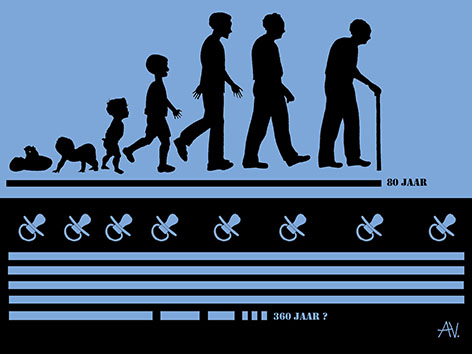
The pacifier you used as a baby will remain on earth for decades, or even centuries.
Collecting, recycling, and incinerating plastic is expensive, but plastic is cheap to produce and buy. That’s where the problem starts. Someone has to pay to clean up the plastic waste. The people who make it don’t do that. We, the people who use it, don’t do it either. Since no one feels responsible for the plastic, nobody cleans it up, which causes some major problems 7.
Seas of plastic thanks to failed waste processing system
As this NOS article (in Dutch) explains, we’re producing more plastic all the time. And as the population grows, there is less space to put it all. Plus, the plastic isn’t always disposed of properly. Poor waste management results in the plastic being be carried by wind or water from the land to the ocean, where it adds to the plastic soup already there.
1 Kershaw, P. J. (2015). Biodegradable Plastics & Marine Litter: Misconceptions, Concerns and Impacts on Marine Environments. UNEP GPA.
2 PlasticsEurope (2013). Plastics – the Facts 2013: An analysis of European latest plastics production, demand and waste data. – website
³ Velis, C.A. (2014a) Global recycling markets: plastic waste. A story of one player – China. – website
4 Thompson, R. C., Swan, S. H., Moore, C. J., & Vom Saal, F. S. (2009). Our plastic age.
5 Rochman, C. M., Browne, M. A., Halpern, B. S., Hentschel, B. T., Hoh, E., Karapanagioti, H. K., & Thompson, R. C. (2013). Policy: Classify plastic waste as hazardous. Nature, 494(7436), 169.
6 PlasticsEurope (2017). Plastics – the facts 2017. – Website
7 Newman, S., Watkins, E., Farmer, A., ten Brink, P., & Schweitzer, J. P. (2015). The economics of marine litter. In Marine anthropogenic litter (pp. 367-394). Springer, Cham.
More interesting info…
